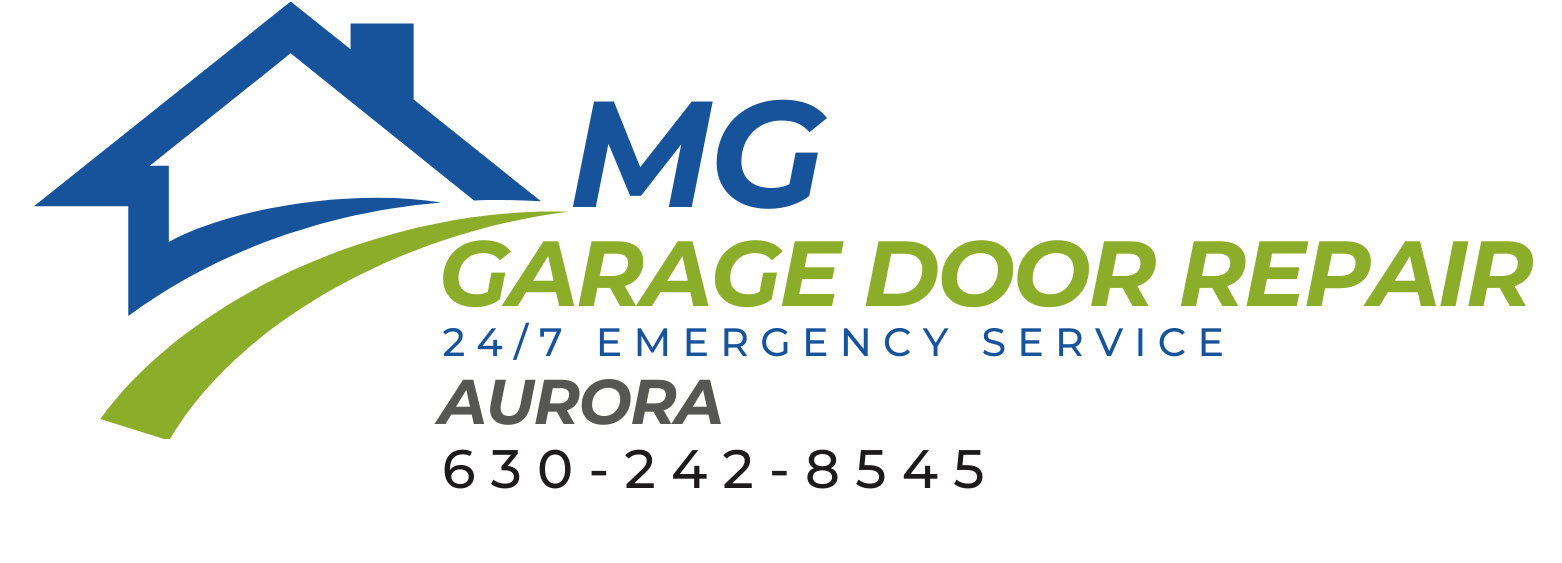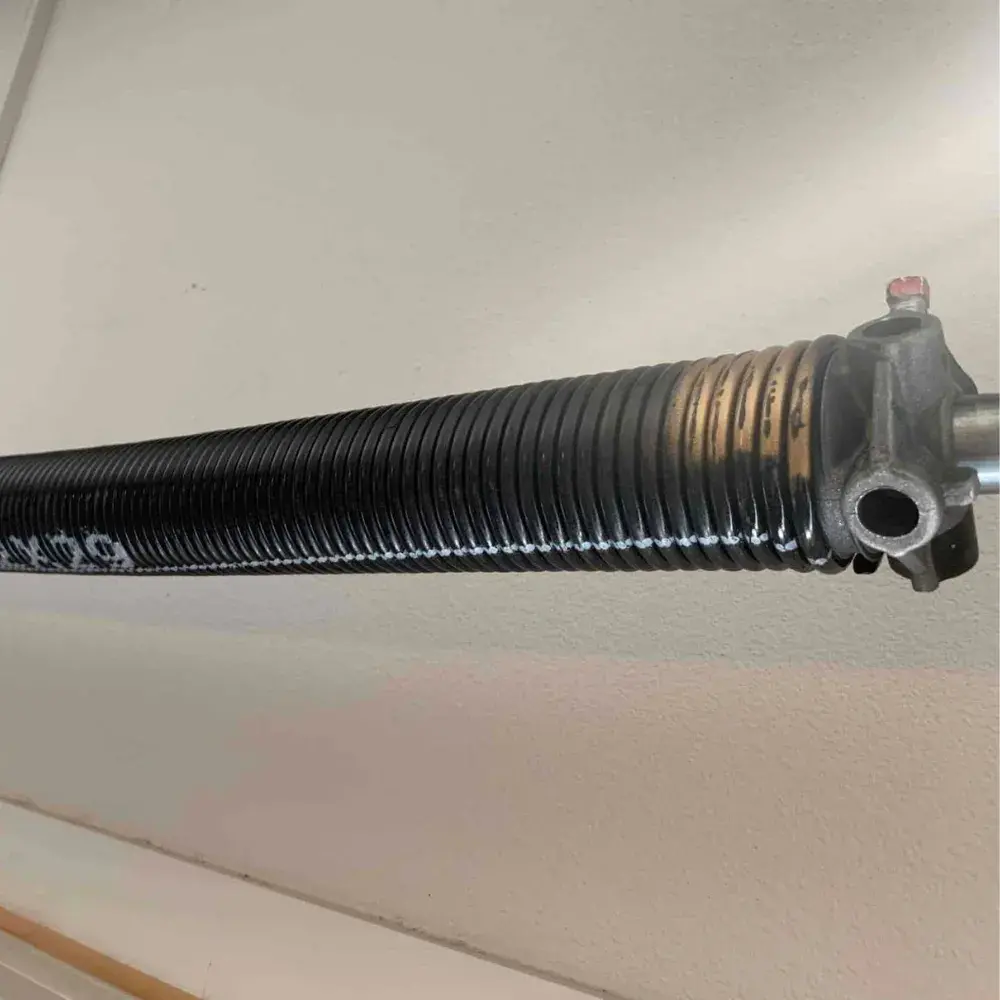Selecting the appropriate springs for your garage door is crucial for ensuring smooth operation and extending the life of the door itself. Whether you are embarking on a garage door spring replacement or installing a new door, knowing which springs to choose can save you from future repairs and potential hazards.
Understanding the Types of Garage Door Springs
There are two main types of springs used in garage doors: torsion springs and extension springs. Torsion springs are located above the garage door opening and use torque to raise and lower the door. They are suitable for heavier doors, as they distribute the weight more evenly and offer better balance. On the other hand, extension springs are installed on either side of the door and stretch and contract as the door operates. These are typically used for lighter doors.
Measuring and Matching Your Springs
Before purchasing new springs, it is essential to correctly measure the old ones if you are replacing them. This involves measuring the length, inside diameter, and wire size. Matching these dimensions exactly is crucial to maintaining your door’s balance and functionality. When selecting new springs, also consider the life cycle of the spring, which indicates how many times the door can open and close before the spring potentially fails.
Factors to Consider When Choosing Springs
When choosing springs for garage door spring replacement, consider the weight and size of your door. Heavier wooden or steel doors will require torsion springs with higher durability and torque capacity. If your garage has a lot of clearance above the door, a standard torsion spring system might be best. For garages with limited headroom, a specialized low-headroom torsion spring system may be necessary.
Another consideration is the safety features of the springs. For example, extension springs should always be equipped with safety cables. These cables help control the spring if it breaks, preventing it from causing damage or injury. It’s also recommended to opt for springs with a higher cycle life for increased longevity and less frequent maintenance needs.
Professional installation is recommended, especially for torsion springs, due to the tools and expertise required to handle the high tension safely. Additionally, a professional can assess other components like garage door openers and cables to ensure the entire system is optimized for the new springs.
Selecting the right garage door springs involves understanding the different types and their applications, accurately measuring your current springs, and considering factors like door weight, safety features, and cycle life. By taking these expert tips into account, you can enhance the functionality and safety of your garage door, ensuring it operates smoothly for years to come.
Learn More

